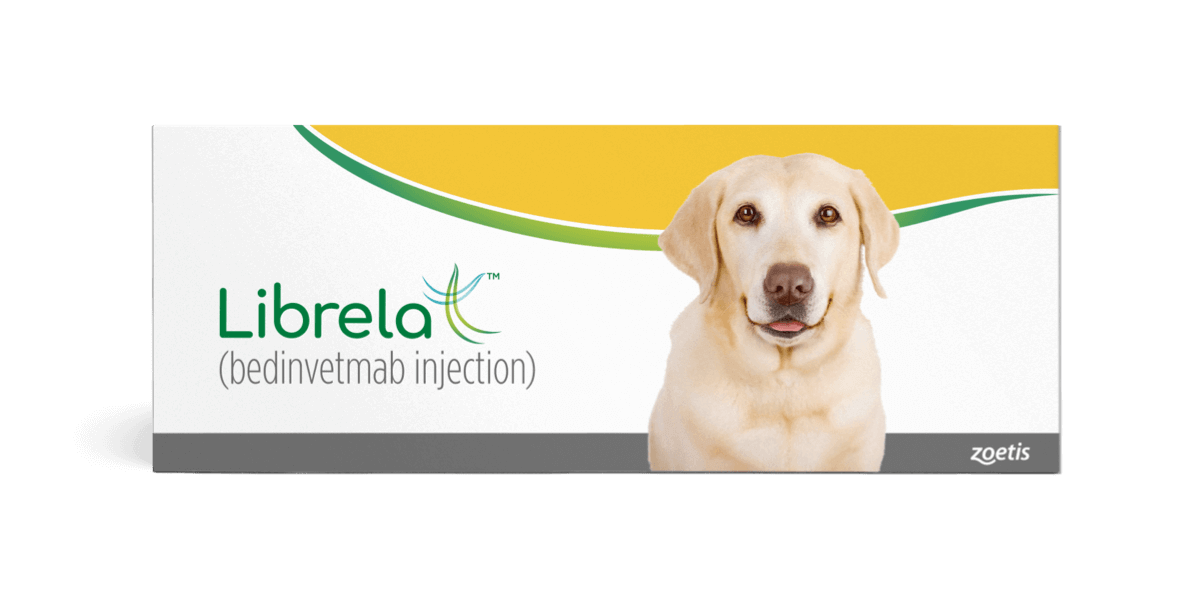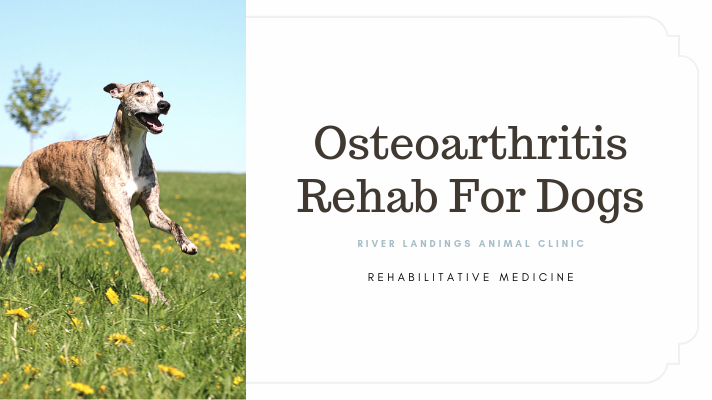Pain is often the main hindrance to starting a rehabilitation program. If a dog responds to pain management quickly, rehabilitation can begin as soon as possible and can continue based on the dog’s abilities. A rehabilitative medicine program can dramatically increase strength and mobility, improving the overall quality of life for dogs with osteoarthritis. In many cases, improvement can be seen within days. Regular exercise should continue long term but must be carefully controlled to prevent further injury.
What Is Rehabilitative Medicine?
Traditionally, treatment for osteoarthritis (arthritis) in dogs has focused on using medications to relieve joint pain and inflammation. Many veterinarians also incorporate joint supplements, weight control, and other management tools to give arthritic dogs more help. However, medications cannot improve a dog’s strength or fitness level, which directly affects a dog’s mobility. Rehabilitative medicine, also known by the term rehab, can help meet this therapeutic need. With proper undertaking, a rehabilitative medicine program can dramatically increase strength and mobility, improving overall quality of life for dogs with osteoarthritis. Some consider rehabilitative medicine a tool that is reserved for dogs recovering from orthopedic surgery or injury. However, because the principles of rehabilitative medicine are fairly universal, this therapy can also be very useful for managing dogs with osteoarthritis.
The overall goals of rehab are to improve a dog’s comfort, joint motion, and strength. During the early stages of osteoarthritis, pain relief is a primary goal, and rehabilitative practices can help accomplish that. As osteoarthritis progresses, the body undergoes other changes including reduced joint motion, loss of muscle mass, and decreased muscle strength. A well-structured rehab program can combat these complications as well.
What techniques and equipment used in rehab?
Pain is often the main hindrance to initiating a rehabilitation program. If a dog is in pain, even passive stretching and massage are uncomfortable. In contrast, if a dog responds to pain management quickly, rehab can begin as soon as possible and can continue based on the dog’s abilities. Pain medications, joint supplements, and other products can continue as needed to keep the dog comfortable, control inflammation, and promote a continued willingness to exercise.
The techniques and equipment needed for rehabilitative therapy vary depending on the needs of the patient but can include the following:
Stretching. Stretching exercises are an important part of any rehab program. Your veterinarian can show you how to do this properly. Moist heat can be used first to warm the muscles. Once the target muscles are warm, manual stretching can begin. In some cases, a hinged brace can be used to control range of motion for weak joints as they are flexed and extended to improve mobility.
Controlled exercise. Depending on a patient’s abilities, ramps, controlled leash walking, and agility courses can all be used as part of a rehab program. The key is to control the exercise and range of joint motion to decrease the likelihood of injury. If building ramps and purchasing agility course equipment is not convenient, pet owners can often achieve favorable results using controlled leash walks. The goal is to provide the dog with low-impact exercise (no leaping or jumping) to build muscle strength and tone without injuring the joints.
Underwater treadmill and swimming. Although generally only available in a clinic setting, an underwater treadmill is a very useful piece of equipment for patients undergoing rehab therapy. An underwater treadmill consists of a tank filled to a certain level with water (usually just below the dog’s hip area), with a treadmill at the bottom. Compared with walking on land, the underwater treadmill is easier on the joints and decreases the risk of injury. Compared with swimming, another popular method of rehabilitation, the motion of walking is advantageous because the action of walking is more predictable, and the patient’s speed can be easily controlled. In contrast, it is difficult to control speed for a dog that is swimming. Swimmers are also likely to flex their backs while swimming, making range of joint motion more difficult to control. Also, dogs walk with all four legs but tend to swim primarily with the front legs, so walking is a better exercise for dogs with rear limb problems.
Swimming does have benefits for dogs with osteoarthritis — it strengthens the forelimbs and develops core strength (chest and abdomen); this can be helpful for a dog that has lost overall strength because of chronic joint disease. However, the underwater treadmill is likely a better option for its ability to protect the joints, control range of joint motion, control level of exertion, and provide an overall conditioning and strengthening activity.
What are the therapeutic outcomes with rehab?
Your veterinarian may recommend and structure a rehab program for your pet or may refer you to a rehab specialist to get you started. Once a dog begins a rehabilitative medicine program, results are generally observed quickly. Pain relief can be the most rapid result. If a dog is having an arthritis flare-up, ice can be used with pain medication to provide quick relief. Improved limb use can be observed within days to weeks of initiating a program. However, progress depends on the degree of disuse that was present initially. A more chronically affected dog can be expected to take a longer time to respond. Improvements in overall strength can also be observed during the first few weeks of therapy.
Once initial improvements are made, the goal is to continue the program, modifying and increasing as necessary, to maintain the patient at a level where strength and mobility remain favorable. Ideally, regular exercise should continue long term but must be carefully controlled to prevent injury.








